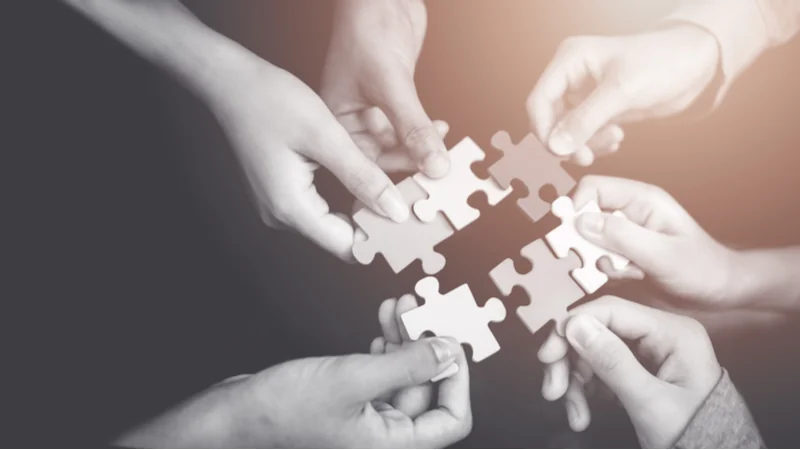Funding Science With a DAO: The Who, What, Why & How
In January 2022, Heritage DAO (a sub-DAO of Crayon.Finance) was created as a DAO investment fund with the intention of purchasing two artifacts dating back to the year 563 from the Kansong Art Museum of Seoul.
Although initial bidding started at $2 million, when this failed, the DAO contacted the museum with a counter-offer of $1.5 million—comprising the funds raised since its opening less than a month ago—and a guarantee that the works would remain on display, preserving cultural history for the public.
This is just one example of how a DAO, or decentralized autonomous organization, can quickly organize funds to achieve a common goal. By harnessing the power of a group of interested people, who, in a DAO, are the same as its investors, the DAO can quickly acquire an asset or realize an objective faster than a traditional organization and with the full support of its members.
How DAOs work
A DAO is essentially a platform where people or organizations come together for a common goal. Each DAO has its own mission, protocol, decision-making processes, and management system.
However, what sets DAOs apart from traditional organizations is that they operate using blockchain technology and smart contracts. This is facilitated by the DAO’s autonomous decentralized structure and prevents top-down decision-making.
Autonomous organizations can be as varied as traditional organizations. DAOs can be created for various purposes, including purchasing historical artifacts, creating a social platform, and funding scientific research.
How do decentralized autonomous organizations work?
DAOs work using blockchain technology, with community members acquiring digital tokens to participate and become a part of the DAO. When joining, its community familiarizes itself with its mission and protocol, as any future changes require the community to vote and achieve a consensus.
This process generates liquidity, as community members need to invest to participate through cryptocurrencies or governmental currencies, either of which provide the organization with finances that can be used to achieve its aims.
This provides a powerful tool for the DAO to carry out its work, whether that be generating and organizing finances, such as Maker DAO, which serves as a market maker in DeFi projects or initiating life-changing scientific research projects.
How could DAOs change how scientific research is done?
Traditionally, scientific research is funded in one of three ways: governmental funding, a private corporation, or a non-profit organization. Unfortunately, a top-down style of financing must rely heavily on its investors and their specific interests. It also means that the majority of projects remain unfunded.
Like most investments, the bodies supplying the funds seek results, aka a return on investment (ROI). From an investment perspective, this is logical, as they only want to fund the research that is most likely to succeed. However, this leaves little room for innovation.
DAOs can fill this gap and democratize scientific research, bringing it back to the needs of the community, which, in this case, is the DAO itself. Scientific research DAOs, such as VitaDAO, harness the strength of their communities to fund what they believe to be promising research projects that otherwise would likely remain unfunded. For example, VitaDAO funded the Longevity Molecule project with over $250,000. This research project seeks to validate observations on large-scale longevity science research.
However, for DAOs, funding isn’t always just a linear process. Projects often have a circular lifecycle, keeping the DAO financially viable and able to continue its work. For example, in the case of VitaDAO, after fulfilling the aims of the research, the results can become an asset in the form of an IP NFT (intellectual property non-fungible token), which is owned by the DAO and can be monetized to generate more funds and further the DAO’s work.
DAOs can utilize smart contracts to create conditionality for the projects they finance and ensure terms are met. Similar to the concept of aid conditionality in grant funding, DAOs can implement conditions or “strings”, which give the organization security over the asset and its work. For example, in Heritage DAO’s artifact bid, the items were required to remain in the country, supporting cultural heritage while maintaining ownership.
The past and future of scientific research DAOs
The concept of using group funding, like we see in a DAO, to support scientific research isn’t an entirely unprecedented idea. In the 16th and 17th centuries, scientific work, like that of Galileo, which was deemed to be innovative at that time, was funded through private patronage. Interested parties worked together to finance the research in which they were interested, independently of any state body.
It can be argued that DAOs are merely a natural progression of such private patronage, reinvigorating the financing of scientific research and placing the community’s needs at the heart of scientific progress. DAOs may choose to support less traditionally well-funded projects, allowing for the possibility of wider, more diverse scientific research, which could help advance scientific discovery in the future.




